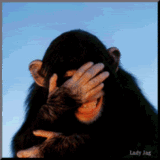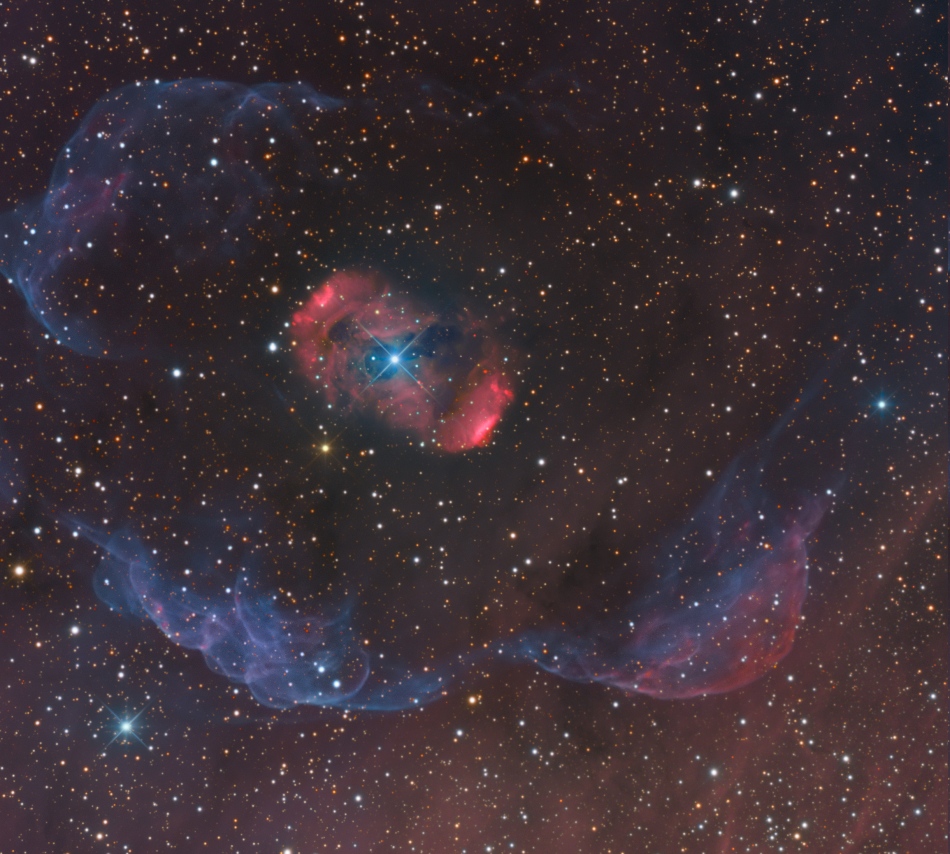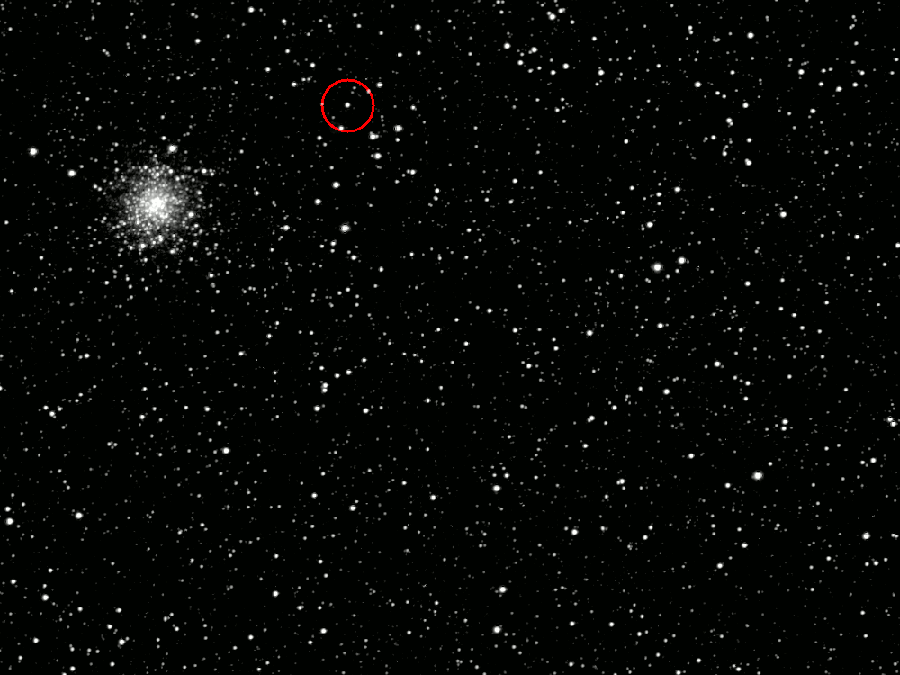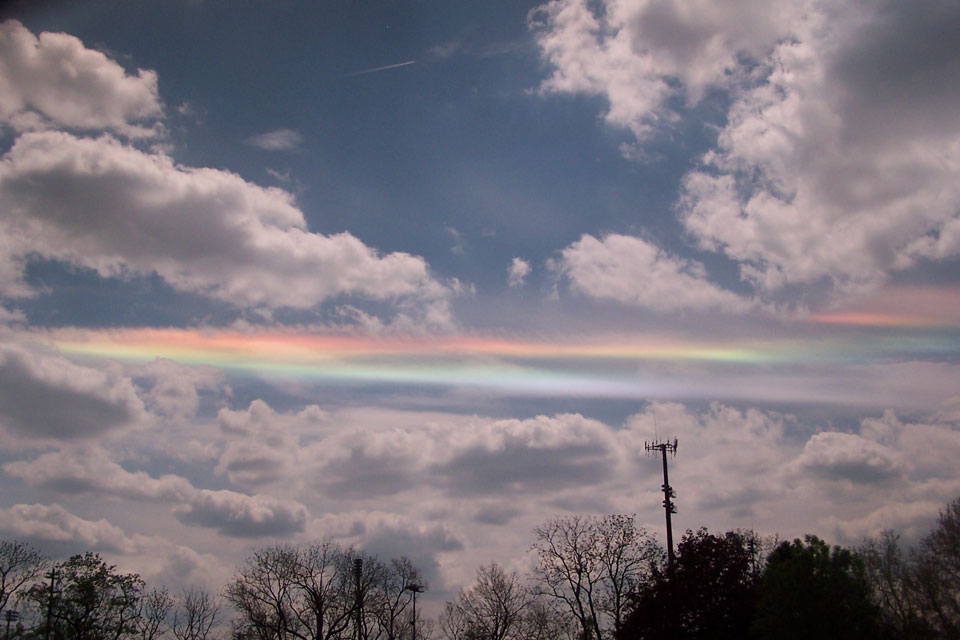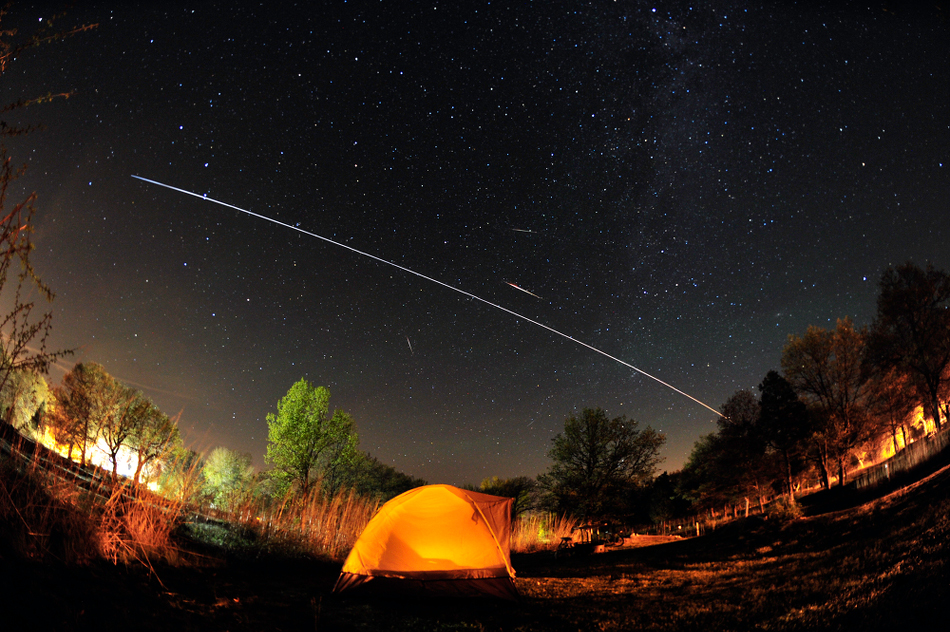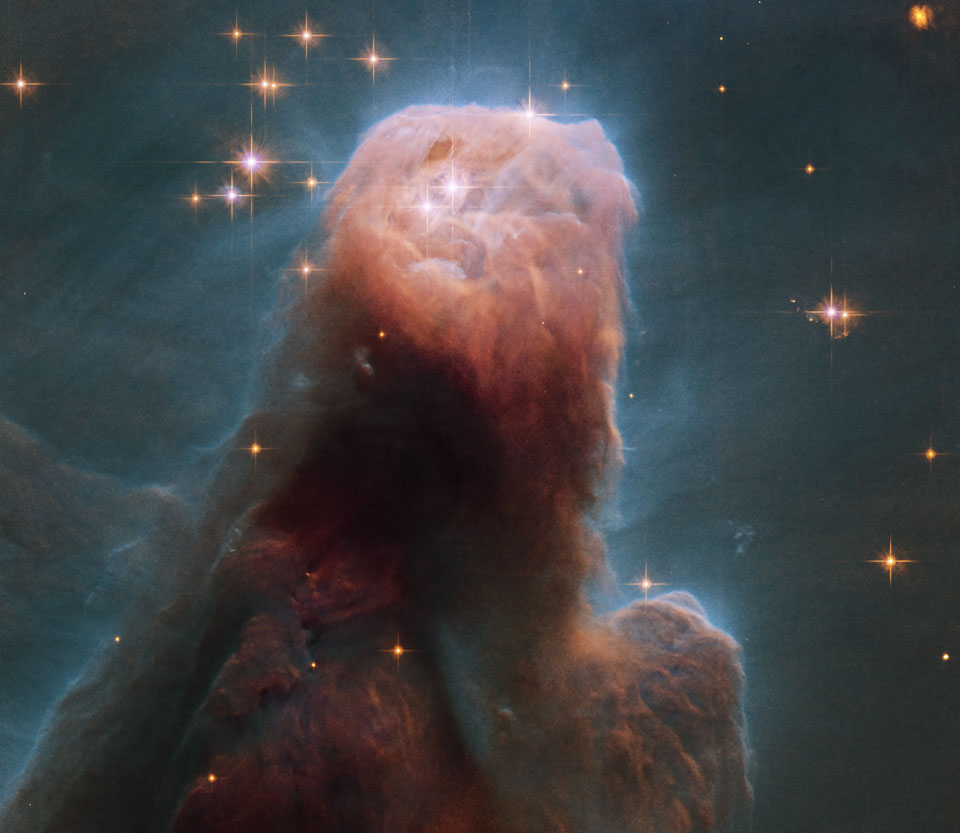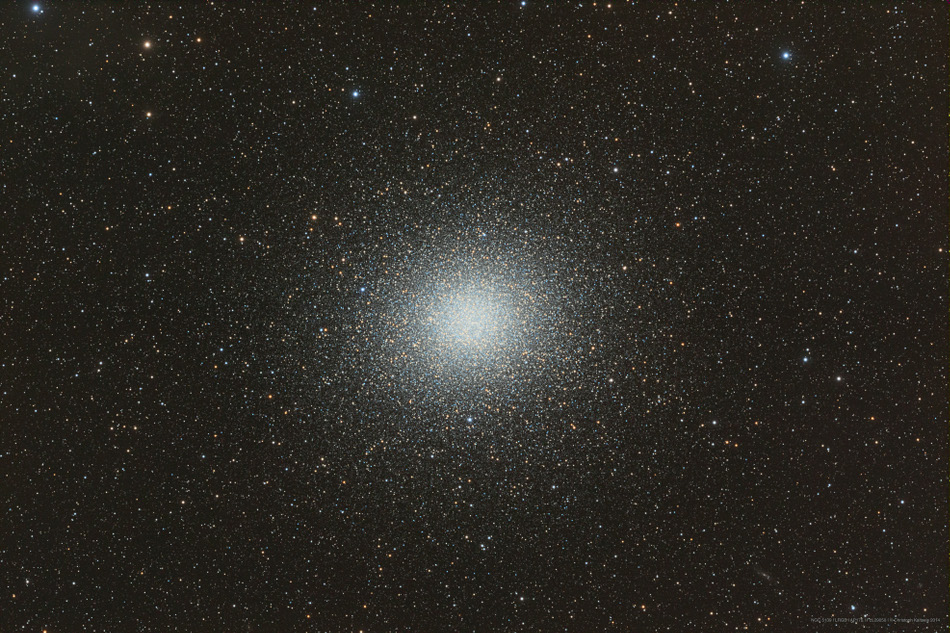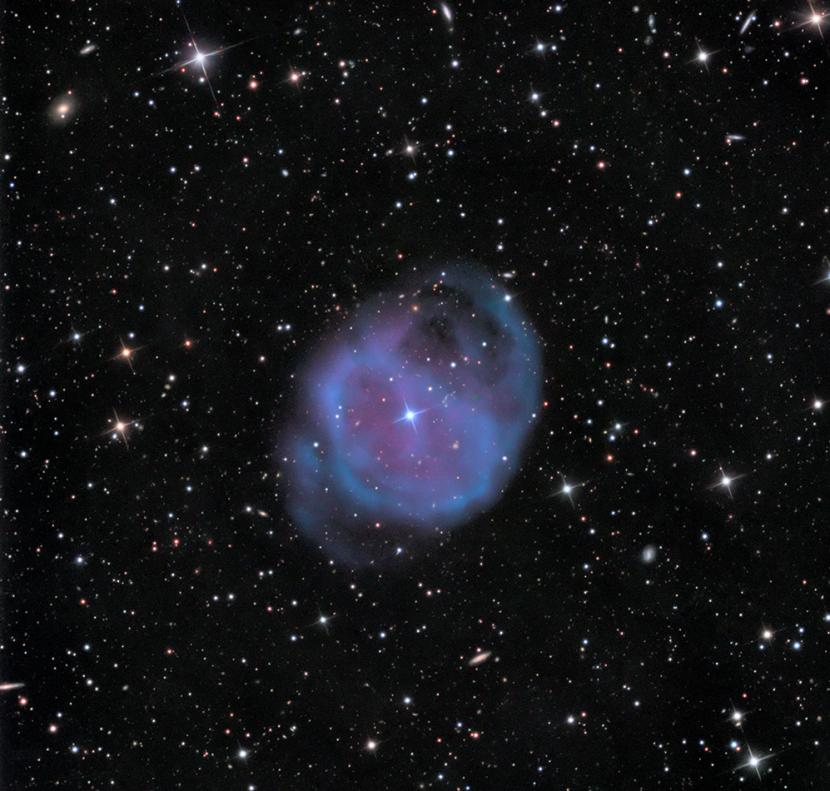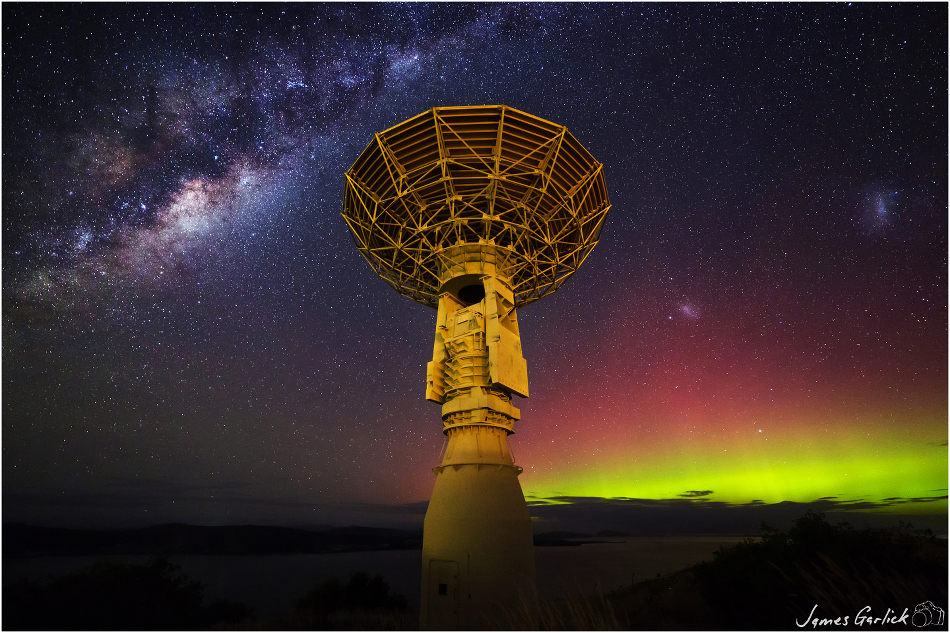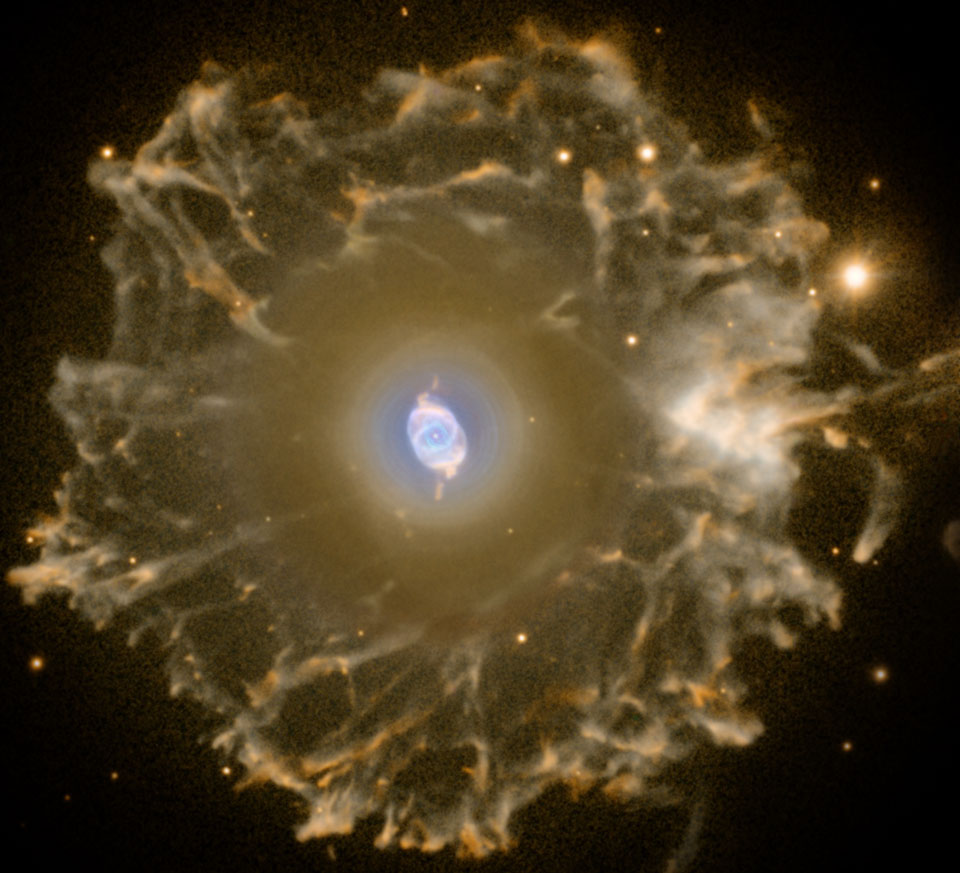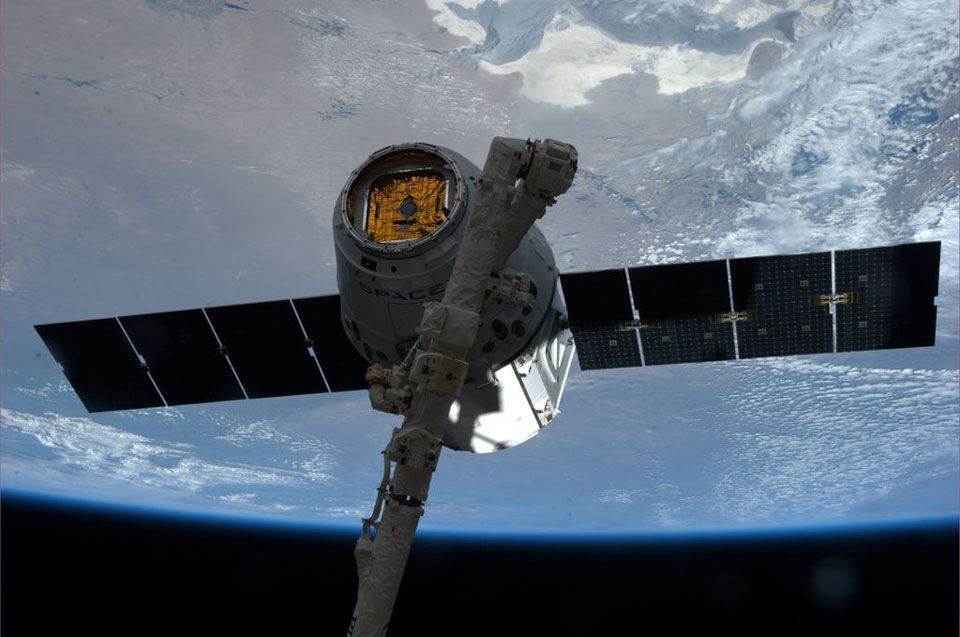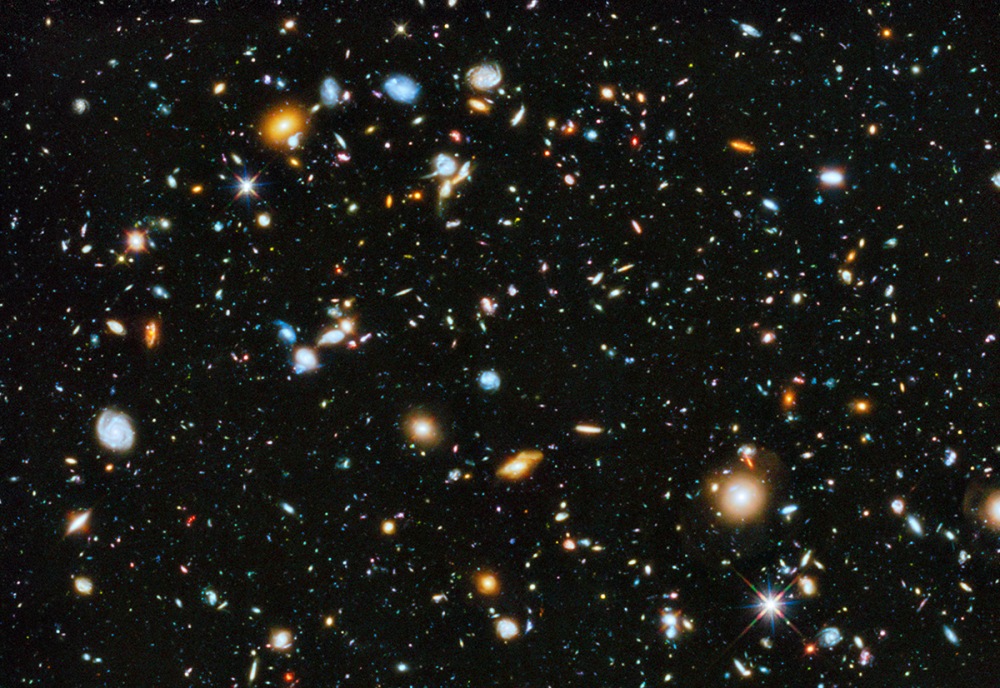
|
| Title: Astronomy Picture of the Day | |
| friendsoffortiesfive > General > General Discussion | Go to subcategory: |
| Author | Content |
|
Niceguy2
|
|
|
Date Posted:03/06/2014 11:29 PMCopy HTML I really love this site and |
|
|
Niceguy2
|
#126 |
|
Re:Astronomy Picture of the Day Date Posted:05/19/2014 9:14 PMCopy HTML Don't forget, if you click on the photo you'll see the full-size version, larger and more detailed.
 For some reason Aimoo won't show very large photos. It shrinks them. For some reason Aimoo won't show very large photos. It shrinks them. |
|
|
tamarafromTX
|
#127 |
|
Re:Astronomy Picture of the Day Date Posted:05/20/2014 6:23 PMCopy HTML 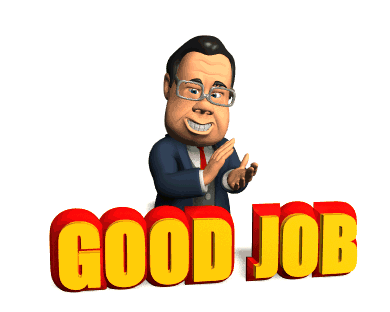 |
|
|
Niceguy2
|
#128 |
|
Re:Astronomy Picture of the Day Date Posted:05/21/2014 2:24 AMCopy HTML Image Credit: ESA/Hubble, NASA; Acknowledgements: G. Chapdelaine & L. Limatola Explanation: M61 is a barred spiral galaxy located in the nearby Virgo Cluster of Galaxies. Visible in M61 are a host of features common to spiral galaxies: bright spiral arms, a central bar, dust lanes, and bright knots of stars. M61, also known as NGC 4303, in similar to our own Milky Way Galaxy. M61 was discovered by telescope in 1779 twice on the same day, but one observer initially mistook the galaxy for a comet. Light from M61 takes about 55 million years to reach us. The above image of the central regions of M61 was taken with the Hubble Space Telescope and adapted for release as part of theHubble's Hidden Treasures image processing competition. |
|
|
Niceguy2
|
#129 |
|
Re:Astronomy Picture of the Day Date Posted:05/21/2014 3:16 PMCopy HTML 2014 May 21 <iframe width="960" height="540" src="//www.youtube.com/embed/VoO89cqDgJU" frameborder="0" allowfullscreen=""></iframe>Video Credit: Basehunters (BasehuntersChasing) Music: Empire (Shakira) Explanation: How do supercell storm clouds form? Pictured above is a time-lapse video taken last Sunday detailing the formation of one such violent supercell in eastern Wyoming, USA. Starting as part of a large and dark thunderstorm complex, the supercell comes together along with a large rotating updraft of air known as a mesocyclone. Mesocyclones form during rapid changes in wind speed and direction with height and can produce torrential rain, damaging hail, swirling winds, and sometimes tornadoes. Storm watchers are seen studying, imaging, and ultimately running from the developing storm cloud during the video. During the middle part of the video, the kilometer-wide supercell can be seen swirling ominously with a nearly flat bottom. Toward the end of the video, another swirling supercell cloud forms but then quickly dissipates. |
|
|
Janner_Baker
|
#130 |
|
Re:Astronomy Picture of the Day Date Posted:05/21/2014 8:00 PMCopy HTML 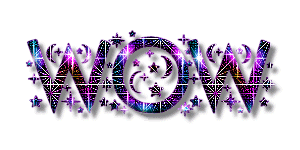 CHECK OUT THAT SUPERCELL!!! CHECK OUT THAT SUPERCELL!!! |
|
|
tamarafromTX
|
#131 |
|
Re:Astronomy Picture of the Day Date Posted:05/22/2014 2:05 AMCopy HTML  |
|
|
Niceguy2
|
#132 |
|
Re:Astronomy Picture of the Day Date Posted:05/22/2014 9:16 PMCopy HTML Image Credit & Copyright: Martin Pugh & Rick Stevenson Explanation: Beautiful emission nebula NGC 6164 was created by a rare, hot, luminous O-type star, some 40 times as massive as the Sun. Seen at the center of the cosmic cloud, the star is a mere 3 to 4 million years old. In another three to four million years the massive star will end its life in a supernova explosion. Spanning around 4 light-years, the nebula itself has a bipolar symmetry. That makes it similar in appearance to more common and familiar planetary nebulae - the gaseous shrouds surrounding dying sun-like stars. Also like many planetary nebulae, NGC 6164 has been found to have an extensive, faint halo, revealed in this deep telescopic image of the region. Expanding into the surrounding interstellar medium, the material in the halo is likely from an earlier active phase of the O star. The gorgeous skyscapeis a composite of extensive narrow-band image data, highlighting glowing atomic hydrogen gas in red and oxygen in blue hues, with broad-band data for the surrounding starfield. NGC 6164 is 4,200 light-years away in the right-angled southern constellation of Norma. |
|
|
Niceguy2
|
#133 |
|
Re:Astronomy Picture of the Day Date Posted:05/23/2014 10:40 PMCopy HTML Credit: ESA / Rosetta / MPS OSIRIS Team Explanation: The Rosetta spacecraft captured this remarkable series of 9 frames between March 27 and May 4, as it closed from 5 million to 2 million kilometers of its target comet. Cruising along a 6.5 year orbit toward closest approach to the Sun next year, periodic comet 67P/Churyumov-Gerasimenko is seen moving past a distant background of stars in Ophiuchus and globular star cluster M107. The comet'sdeveloping coma is actually visible by the end of the sequence, extending for some 1300 km into space. Rosetta is scheduled for an early August rendezvous with the comet's nucleus. Now clearly active, the nucleus is about 4 kilometers in diameter, releasing the dusty coma as its dirty ices begin to sublimate in the sunlight. The Rosetta lander's contact with the surface of the nucleus is anticipated in November. |
|
|
Niceguy2
|
#134 |
|
Re:Astronomy Picture of the Day Date Posted:05/24/2014 8:53 PMCopy HTML Image Credit & Copyright: Todd Sladoje Explanation: Why would clouds appear to be different colors? The reason here is that ice crystals in distant cirrus clouds are acting like little floating prisms. Sometimes known as a fire rainbow for its flame-like appearance, a circumhorizon arc lies parallel to the horizon. For a circumhorizontal arc to be visible, the Sun must be at least 58 degrees high in a sky where cirrus clouds are present. Furthermore, the numerous, flat, hexagonal ice-crystals that compose the cirrus cloud must be aligned horizontally to properly refract sunlight in a collectively similar manner. Therefore, circumhorizontal arcs are quite unusual to see. This circumhorizon display was photographed through a polarized lens above Dublin, Ohio in 2009. |
|
|
Niceguy2
|
#135 |
|
Re:Astronomy Picture of the Day Date Posted:05/25/2014 11:10 PMCopy HTML Image Credit & Copyright: Malcolm Park (North York Astronomical Association) Explanation: From a camp on the northern shores of the Great Lake Erie, three short bright meteor streaks were captured in this composited night skyscape. Recorded over the early morning hours of May 24, the meteors are elusive Camelopardalids. Their trails point back to the meteor shower's radiant near Polaris, in the large but faint constellation Camelopardalis the camel leopard, or in modern terms the Giraffe. While a few meteors did appear, the shower was not an active one as the Earth crossed through the predicted debris trail of periodic comet 209P/LINEAR. Of course, the long bright streak in the image did appear as predicted. Early on May 24, the International Space Station made a bright passage through northern skies. |
|
|
Niceguy2
|
#136 |
|
Re:Astronomy Picture of the Day Date Posted:05/26/2014 9:04 PMCopy HTML 2014 May 26 <iframe width="960" height="540" src="//www.youtube.com/embed/eKGpsM0LGyY" frameborder="0" allowfullscreen=""></iframe>Video Credit: ESO, José Francisco Salgado, NRAO; Music: Flying Free (Jingle Punks) Explanation: It is the most expensive and complex ground-based astronomy project ever -- what will it see tonight? The Atacama Large Millimeter Array (ALMA) project consists of 66 dishes, many the size of a small house, situated in the high altitude Atacama Desert in Northern Chile. Together, ALMA observes the skies in high-frequency radio light, a band usually used only for local communication due to considerable absorption by humid air. The thin atmosphere and low humidity above ALMA, however, enable it to see deep into our universe in new and unique ways that allow, for example, explorations of the early universe for chemicals involved in star formation, and observing local star systems for signs of disks that form planets. The above time-lapse video shows the course of four ALMA antennas over one night. The Moon sets early in the video, while three dishes repoint in unison. Background stars continually rotate up, the central band of our Milky Way Galaxy pivots around and eventually exits off to the right, while halfway through the Small and Large Magellanic Clouds -- satellite galaxies near our Milky Way -- rise up from below the horizon. Car headlights momentarily illuminate the dishes, while an occasional Earth-orbiting satellite crosses overhead. Daylight ends the video but not ALMA observations -- which typically run both all night and all day. |
|
|
Niceguy2
|
#137 |
|
Re:Astronomy Picture of the Day Date Posted:05/27/2014 9:51 PMCopy HTML Image Credit & Copyright: Subaru Telescope (NAOJ), Hubble Space Telescope; Processing: Robert Gendler & Roberto Colombari Explanation: What's happening at the center of this nebula? Sculpted by stellar winds and radiation, the star factory known as Messier 17 lies some 5,500 light-years away in the nebula-rich constellationSagittarius. At that distance, this degree wide field of view spans almost 100 light-years. The sharp, composite, color image utilizing data from space and ground based telescopes, follows faint details of the region's gas and dust clouds against a backdrop of central Milky Way stars. Stellar winds and energetic light from hot, massive stars formed from M17's stock of cosmic gas and dust have slowly carved away at the remaining interstellar material producing the cavernous appearance and undulating shapes. M17 is also known as the Omega Nebula or the Swan Nebula. |
|
|
tamarafromTX
|
#138 |
|
Re:Astronomy Picture of the Day Date Posted:05/28/2014 10:41 AMCopy HTML |
|
|
Niceguy2
|
#139 |
|
Re:Astronomy Picture of the Day Date Posted:05/28/2014 9:01 PMCopy HTML Image Credit: Hubble Legacy Archive, NASA, ESA - Processing & Licence: Judy Schmidt Explanation: Stars are forming in the gigantic dust pillar called the Cone Nebula. Cones, pillars, and majestic flowing shapes abound in stellar nurseries where natal clouds of gas and dust are buffeted by energetic winds from newborn stars. The Cone Nebula, a well-known example, lies within the bright galactic star-forming region NGC 2264. The Cone was captured in unprecedented detail in this close-up composite of several observations from the Earth-orbiting Hubble Space Telescope. While the Cone Nebula, about 2,500 light-years away in Monoceros, is around 7 light-years long, the region pictured here surrounding the cone's blunted head is a mere 2.5 light-years across. In our neck of the galaxy that distance is just over half way from the Sun to its nearest stellar neighbor, the Alpha Centauri star system. The massive star NGC 2264 IRS, seen by Hubble's infrared camera in 1997, is the likely source of the wind sculpting the Cone Nebula and lies off the top of the image. The Cone Nebula's reddish veil isproduced by glowing hydrogen gas. |
|
|
Niceguy2
|
#140 |
|
Re:Astronomy Picture of the Day Date Posted:05/31/2014 2:25 AMCopy HTML Image Credit & Copyright: CEDIC Team, Processing - Christoph Kaltseis Explanation: Globular star cluster Omega Centauri, also known as NGC 5139, is some 15,000 light-years away. The cluster is packed with about 10 million stars much older than the Sun within a volume about 150 light-years in diameter, the largest and brightest of 200 or so known globular clusters that roam the halo of our Milky Way galaxy. Though most star clusters consist of stars with the same age and composition, the enigmatic Omega Cen exhibits the presence of different stellar populations with a spread of ages and chemical abundances. In fact, Omega Cen may be the remnant core of a small galaxy merging with the Milky Way. This astronomically sharp color image of the classic globular cluster was recorded in March under Chilean skies from Hacienda Los Andes. |
|
|
Niceguy2
|
#141 |
|
Re:Astronomy Picture of the Day Date Posted:05/31/2014 2:27 AMCopy HTML Image Credit & Copyright: Adam Block, Mt. Lemmon SkyCenter, Univ. Arizona Explanation: The gorgeous, gaseous shroud of a dying sunlike star, planetary nebula Abell 36 lies a mere 800 light-years away in the constellation of Virgo. At that distance it spans over 1.5 light-years in this sharp telescopic view. Shrugging off its outer layers, the nebula's central star is contracting and becoming hotter, evolving towards a final white dwarf phase. In fact, in Abell 36, the central star is estimated to have a surface temperature of over 73,000 K, compared to the Sun's present 6,000 K temperature. As a result, the intensely hot star is much brighter in ultraviolet light, compared to its visual appearance here. The invisible ultraviolet light ionizes hydrogen and oxygen atoms in the nebula and ultimately powers the beautiful visible light glow. |
|
|
Niceguy2
|
#142 |
|
Re:Astronomy Picture of the Day Date Posted:06/01/2014 12:01 AMCopy HTML Image Credit & Copyright: James Garlick Explanation: This clear night skyscape captures the colorful glow of aurora australis, the southern lights, just outside the port city of Hobart, Tasmania, Australia, planet Earth. As if staring into the dreamlike scene, the Tasmanian Earth Resources Satellite Station poses in the center, illuminated by nearby city lights. Used to receive data from spacebased Earth observing instruments, including NASA's MODIS andSeaWiFS, the station was decommissioned in 2011 and dismantled only recently, shortly after the picture was taken on April 30. Still shining in southern skies though, the central bulge of our Milky Way galaxy and two bright satellite galaxies the Large and Small Magellanic Clouds appear in the frame. The Small Magellanic Cloud shines through the fainter red auroral band. |
|
|
Janner_Baker
|
#143 |
|
Re:Astronomy Picture of the Day Date Posted:06/01/2014 8:54 PMCopy HTML SOME TRULY MAGNIFICENT PICTURES HERE. I LIKE THIS ONE. THE AUROA..
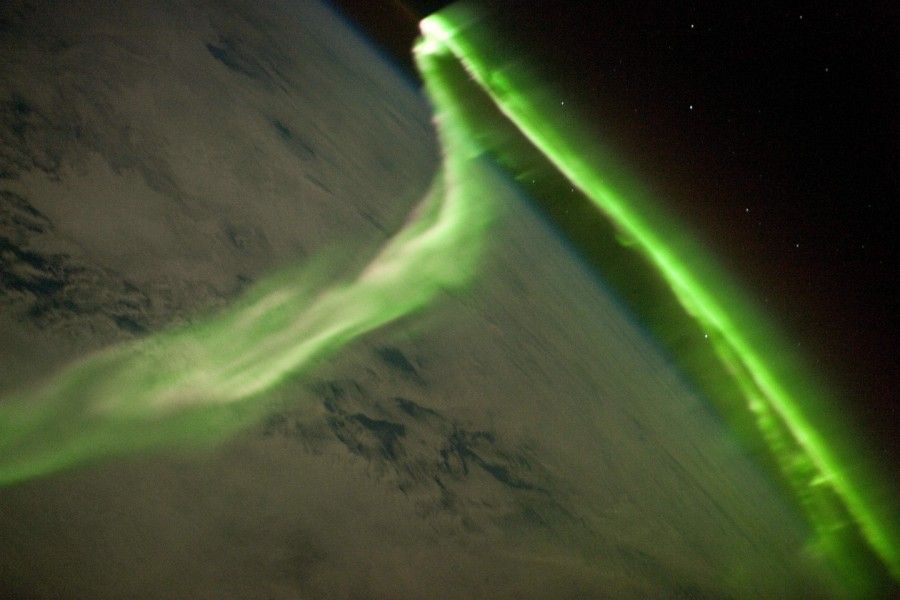 |
|
|
Niceguy2
|
#144 |
|
Re:Astronomy Picture of the Day Date Posted:06/01/2014 10:23 PMCopy HTML Very impressive, Janner!
 |
|
|
Niceguy2
|
#145 |
|
Re:Astronomy Picture of the Day Date Posted:06/01/2014 10:24 PMCopy HTML Image Credit & Copyright: R. Corradi (Isaac Newton Group), Nordic Optical Telescope Explanation: The Cat's Eye Nebula (NGC 6543) is one of the best known planetary nebulae in the sky. Its haunting symmetries are seen in the very central region of this stunning false-color picture, processed to reveal the enormous but extremely faint halo of gaseous material, over three light-years across, which surrounds the brighter, familiar planetary nebula. Made with data from the Nordic Optical Telescope in the Canary Islands, the composite picture shows extended emission from the nebula. Planetary nebulae have long been appreciated as a final phase in the life of a sun-like star. Only much more recently however, have some planetaries been found to have halos like this one, likely formed of material shrugged off during earlier active episodes in the star's evolution. While the planetary nebula phase is thought to last for around 10,000 years, astronomers estimate the age of the outer filamentary portions of this halo to be 50,000 to 90,000 years. |
|
|
Niceguy2
|
#146 |
|
Re:Astronomy Picture of the Day Date Posted:06/02/2014 10:20 PMCopy HTML Image Credit: Steve Swanson, Expedition 39 Crew, NASA Explanation: The space station has caught a dragon. Specifically, in mid-April, the International Space Station captured the unmanned SpaceX Dragon capsule sent to resupply the orbiting outpost. Pictured above, the station's Canadarm2 had just grabbed the commercial spaceship. The Dragon capsule was filled with over 5000 lbs (2260 kilos) of supplies and experiments to be used by the current band of six ISS astronauts who compose Expedition 39, as well as the six astronauts who compose Expedition 40. After docking with the ISS, the Dragon capsule was unloaded and eventually released, splashing downin the Pacific Ocean on May 18. The current Expedition 40 crew, now complete, will apply themselves to many tasks including the deployment of the Napor-mini RSA experiment which will use phased array radar and a small optical telescope to monitor possible emergency situations on the Earth below. |
|
|
Niceguy2
|
#147 |
|
Re:Astronomy Picture of the Day Date Posted:06/03/2014 9:33 PMCopy HTML Image Credit & Copyright: P. Tuthill (U. Sydney) & J. Monnier (U. Michigan), Keck Obs., ARC, NSF Explanation: Might this giant pinwheel one-day destroy us? Probably not, but investigation of the unusual star system Wolf-Rayet 104 has turned up an unexpected threat. The unusual pinwheel pattern has been found to be created by energetic winds of gas and dust that are expelled and intertwine as two massive stars orbit each other. One system component is a Wolf-Rayet star, a tumultuous orb in the last stage of evolution before it explodes in a supernova -- and event possible anytime in the next million years. Research into the spiral pattern of the emitted dust, however, indicates the we are looking nearly straight down the spin axis of the system -- possibly the same axis along which a powerful jet would emerge were the supernova accompanied by a gamma-ray burst. Now the WR 104 supernova itself will likely be an impressive but harmless spectacle. Conversely, were Earth really near the center of the powerful GRB beam, even the explosion's 8,000 light year distance might not be far enough to protect us. Currently, neither WR 104 nor GRB beams are understood well enough to know the real level of danger. |
|
|
Niceguy2
|
#148 |
|
Re:Astronomy Picture of the Day Date Posted:06/04/2014 10:24 PMCopy HTML Image Credit & Copyright: Daniel López (El Cielo de Canarias) Explanation: Many think it is just a myth. Others think it is true but its cause isn't known. Adventurers pride themselves on having seen it. It's a green flash from the Sun. The truth is the green flash does exist and its cause is well understood. Just as the setting Sun disappears completely from view, a last glimmer appears startlingly green. The effect is typically visible only from locations with a low, distant horizon, and lasts just a few seconds. A green flash is also visible for a rising Sun, but takes better timing to spot. A dramatic green flash, as well as an even more rare red flash, was caught in the above photograph recently observed during a sunset visible from the Observatorio del Roque de Los Muchachos in the Canary Islands, Spain. The Sun itself does not turn partly green or red -- the effect is caused by layers of the Earth's atmosphere acting like a prism. |
|
|
Niceguy2
|
#149 |
|
Re:Astronomy Picture of the Day Date Posted:06/06/2014 2:04 AMCopy HTML Image Credit: NASA, ESA, H.Teplitz and M.Rafelski (IPAC/Caltech), A. Koekemoer (STScI), R. Windhorst(ASU), Z. Levay (STScI) Explanation: Galaxies like colorful pieces of candy fill the Hubble Ultra Deep Field 2014. The dimmest galaxies are more than 10 billion times fainter than stars visible to the unaided eye and represent theUniverse in the extreme past, a few 100 million years after the Big Bang. The image itself was made with the significant addition of ultraviolet data to the Hubble Ultra Deep Field, an update of Hubble's famous most distant gaze toward the southern constellation of Fornax. It now covers the entire range of wavelengths available to Hubble's cameras, from ultraviolet through visible to near-infrared. Ultraviolet data adds the crucial capability of studying star formation in the Hubble Ultra Deep Field galaxies between 5 and 10 billion light-years distant. |
|
|
Niceguy2
|
#150 |
|
Re:Astronomy Picture of the Day Date Posted:06/06/2014 2:06 AMCopy HTML I think that photo is the most amazing photo ever taken! It completely blows my mind!!!!!
|









